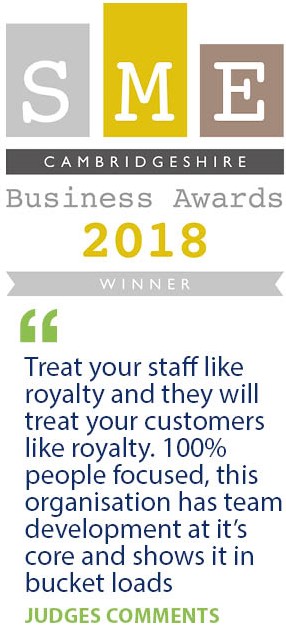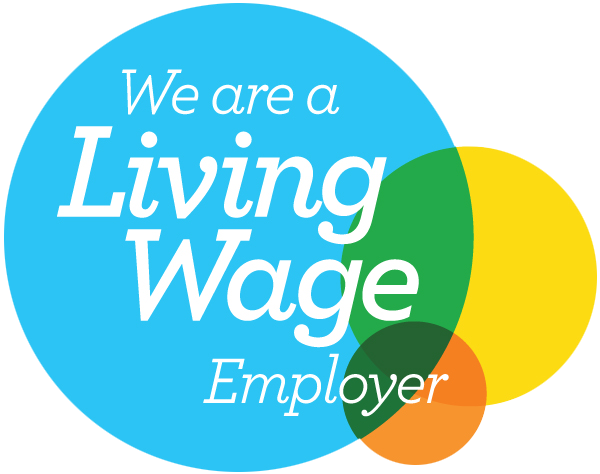
Understanding what you need to include in a job description is key to attracting the right talent and if you aren’t getting the description right you won’t see the type of candidates you’d like applying for the role, resulting in wasted time and resources.
Writing a job description can be seen as providing a snapshot into life at your company and needs to be a mix of marketing, role responsibilities, what skills you need and information regarding your company culture. Ideally, any potential hire that finds your job advert will understand exactly what the job entails, how they can develop and if the company itself offers a good fit for their personality. Simply having a two-line job advert that says the role and gives contact information is not going to attract the talent you want and may even be skipped over entirely.
Your descriptions shouldn’t be a bore to read, but you do need to be clear in your offering. Quirky role names like ‘ninja’ and ‘superstar’ can be great for getting your ‘creative flair’ across but reduce your visibility greatly and can be off-putting or cause confusion for job seekers who are looking for specific roles or career paths. If it has been some time between your last hiring period, have a look at the other types of roles your competitors are offering and the job titles they use.
It’s also important to remember that, unless you are Apple or Google or a similar big brand, your job descriptions need to be informative while inciting enough interest that the candidate will want to carry out their own research.
Keep it short and keep it honest. Your time is important but so is the time of any potential hire you might meet and, just like you don’t have the manpower to read 50 four-page CVs, your candidates, don’t have the time to read an essay in place of a job description. Be concise and avoid using too much fluff and similarly, too many narrow terms such as perfectionist or world-class. These terms can soon turn off a potentially excellent candidate who has been taught to be humble or struggles with imposter syndrome.
The ideal length for a job advert is between 700 to 2,500 words, which can sound like a lot but when you break it down into sections, can quickly be reached. The sections you should approach in your job description are based on the types of questions a candidate might have about the role including:
Answering these questions can provide that really fantastic candidate you are looking for all the details they need to make an informed choice regarding your available role over a competitor. Some of the above will only require one line, for instance, the salary range you have allocated to the job - which should fall in line with the industry standard to ensure your job is as attractive as the next (or more if you want to pip your competitor to the best talent).
If you aren’t sure of the industry standard, do your research before writing your job description or invest in a salary benchmarking survey. If you aren’t offering a competitive wage, you aren’t going to see the same level of talent that your competitors do.
Job seekers know what they want and it’s not to be led astray, advertising the standard annual leave as a ‘benefit’ isn’t fooling quality candidates, neither is saying that you provide access to a kettle. Benefits that can attract talent will largely be dependent on the individual, but some general benefits offered usually include:
While every HR and management department dreams of writing the perfect job description, it can be difficult writing for a role that they don’t have much perspective or experience of. Instead, it might be advantageous for teams or employees to detail the responsibilities of their roles, not only highlighting the potential missing skills, but this can also make it easier to detail how the advertised role fits within the team and company.
Writing a job description involves more than simply making a list of day-to-day responsibilities. Potential candidates want to know where they can go with the company and the opportunities your job role facilitates.
Often, the best type of candidate is one with plenty of initiative and a get-up-and-go attitude. These people are going to be attracted to job descriptions and roles that share their motivation for rapid growth and development. They will also want to see that your company is growing alongside and supporting the industry which helps to answer concerns about legitimacy and growth potential.
The talent you are looking for might already be hired at another business or even a competitor, but that doesn’t mean they aren’t reachable. Many employees tend to check the availability at organisations that have caught their eye or keep up to date on the latest professional development opportunities. Your notice of employment availability might be enough to capture their attention, but it is using a tone that conveys a sense of urgency that can encourage a candidate to apply - even if they are happy in their current role. You don’t have to include hard deadlines but, instead, offer the intended start date and the contact information of the decision-maker for the role.
Subtleties in the language you use when writing your job description make a huge difference. Even if you aren’t addressing gender directly, the use of masculine and feminine language can quickly narrow your hiring pool and cause you to lose out on potential talent. Companies that ensured their job descriptions were written neutrally and avoided gender bias saw a positive hire on average two weeks faster than companies who settled for a general job description.
Gender-coded language isn’t restricted to ‘him, he, her and she’ but instead are descriptive words that are related to gender on an unconscious level. For example; Women are often affiliated with words such as compassionate, kind and loyal whereas men are more likely to be stereotyped as dominant, active and confident. If you are worried about the language you have used in a job advert, you can run it through the gender decoder.
You don’t have to be a master wordsmith to be able to write a quality job description, you just need to be prepared. Find all the information you need to get started including a summary of your company culture and talk to staff about what it is that would attract them to get started with the business as a new hire. You can also follow the checklist below to ensure your job description attracts the best talent for your role.
If you want to inform your job description and ensure you are offering a competitive role in the industry, talk to the Paydata team about Salary Benchmarking. Alternatively, if you are looking to attract the best talent to your business and need a generous benefits package to match, talk to Paydata about Reward Strategy and Design.
Whatever your need for remuneration and employment benefits, the experienced Paydata team is here to help. Give us a call on 01733 391377 or request a call back via our contact form.
Sign up for briefings on pay benchmarking, salary surveys, reward strategy and statistical updates.
sign up for updates
© Paydata Ltd 2025 All rights reserved.
Registered in England no: 3632206
VAT no: 728 0808 28
Paydata Ltd, 24 Commerce Road, Lynch Wood, Peterborough, Cambridgeshire, PE2 6LR

